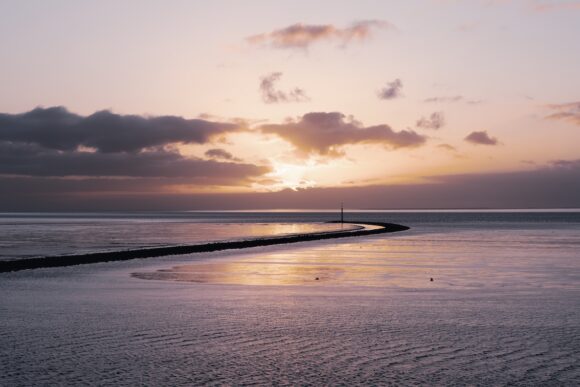The Wadden Sea is one of Germany’s hidden gems, which makes Lower Saxony Wadden Sea National Park a gem within a gem. Located on the North Sea coast of the German state of Lower Saxony, the park includes the incredible East Frisian islands, with their beautiful sand dunes, unique salt marshes, and mudflats. Named a UNESCO World Heritage Site in 2009, the park contains more than 10,000 species of flora and fauna. But the park is more than just a natural paradise: visitors will never be short on entertaining activities. Here are four great things to do in Lower Saxony Wadden Sea National Park.
Take a carriage ride across the Wadden Sea mudflats
Unless you’re less than 10 years old, mudflats might not seem all that entertaining. The tide goes out, and the muddy world below reveals itself…and so? But the Wadden Sea mudflats rarely inspire a ‘meh’ response in visitors. Why? First of all, the mudflats are teeming with life. We’re talking worms, shrimp, crabs, birds, and little kids chasing birds. Next, the flats are awe-inspiring: they reveal the connection between the land, the sea, and even islands in the sea.
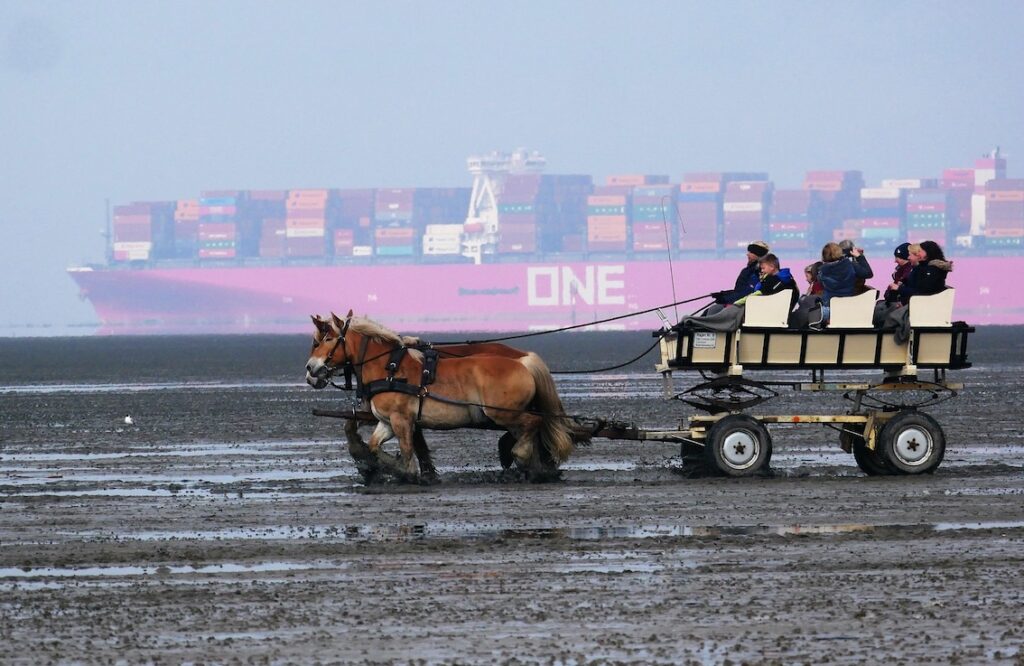 Gerfried / Shutterstock.com
Gerfried / Shutterstock.com And, in Lower Saxony Wadden Sea National Park, mudflats are also transformed into roads, in the form of horse-drawn carriages (or Wattwagen, in German) that criss-cross them. At low tide, the carriages take passengers from the coastal town of Cuxhaven to the island of Neuwerk. It’s one of the few places in the world where you can reach an island without a boat!
The prices are a bit steep, but worth it: for children up to 9 years of age, a round-trip ticket costs €30. For everyone else, the cost is €70. Carriage/boat options are also available, as are lodging passes for staying on Neuwerk. More information is available at https://www.wattfahrten.de/wattfahrten.
See Harbor Porpoises in their Natural Habitat
It may seem odd to think that pods of small dolphin-like mammals live in water as cold and rugged as the North Sea. But they do, and springtime and early summer offer wonderful opportunities to see them!
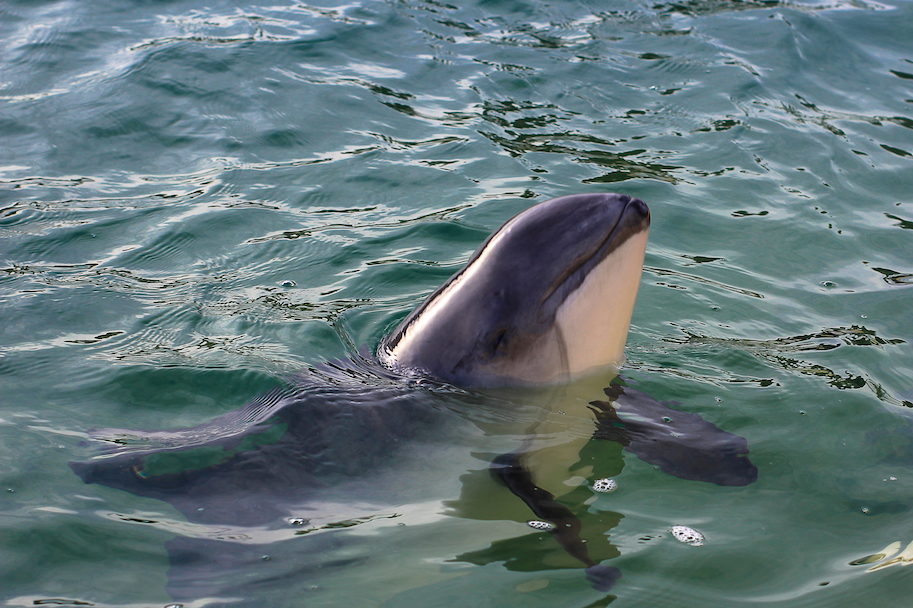 Elise V / Shutterstock.com
Elise V / Shutterstock.com Shy by nature, and with a population that is threatened in the North Sea by shipping, fishing, and other commercial activities, the porpoises aren’t always easy to sea. But it’s worth your time to try and see them. They are the only ones of their kind in German waters, and they’re also valued and beloved as a “sentinel species” – i.e. one that gives scientists clues as to the overall health of an ecosystem.
Guided sea tours to see the porpoises can be booked at the Wadden Sea Visitor’s Center in Wilhelmshaven. Timetable and ticket information is available at https://www.wattenmeer-besucherzentrum.de/nationalparkfahrt.html.
Visit the Fisherman’s House Museum in Norderney
Norderney is a blast. A sandy, thriving, shopping-friendly East Frisian island (and its eponymous town) just off the coast of Lower Saxony, it makes for a great day trip. You can grab a bite to eat, wander the beach, and contemplate the sea.
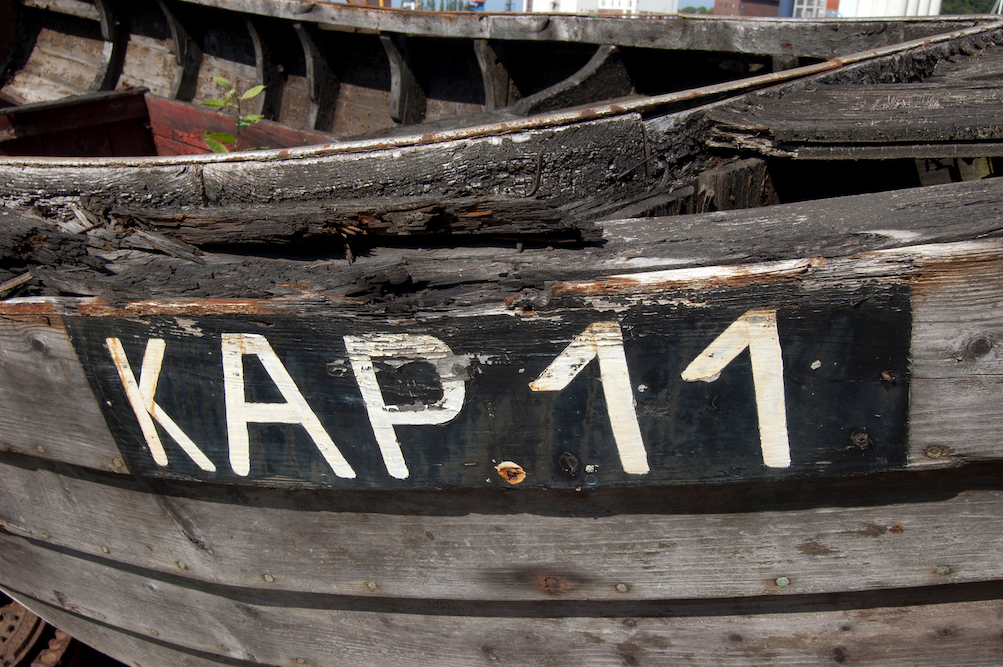 hep100 / Shutterstock.com
hep100 / Shutterstock.com You can also go to the Fisherman’s House Museum, which is really well done and surprisingly entertaining. The museum opened in 1937, and does a great job of showing how island families lived and worked almost a century ago. While there, visitors can learn about Norderney island’s development, history, fishing industry, and culture.
In jiving with the island vibe, the museum is only open three days a week (Monday, Wednesday and Friday), unless you schedule a large (15+ people) group tour. Entrance is free for children under 7. Adult tickets cost €6, and youth tickets cost €3. For more information, visit https://willkommen.norderney.de/de/norderney/streaming/detail/POI/p_100033958/fischerhausmuseum-norderney
Get sandy on the island of Spiekeroog
Spiekeroog is one of the best East Frisian islands, mostly because it seems so wild. Located less than 6 kilometers from the German mainland, and car-free, Spiekeroog contains thousands of acres of sand dunes, most of them untouched and unspoiled.
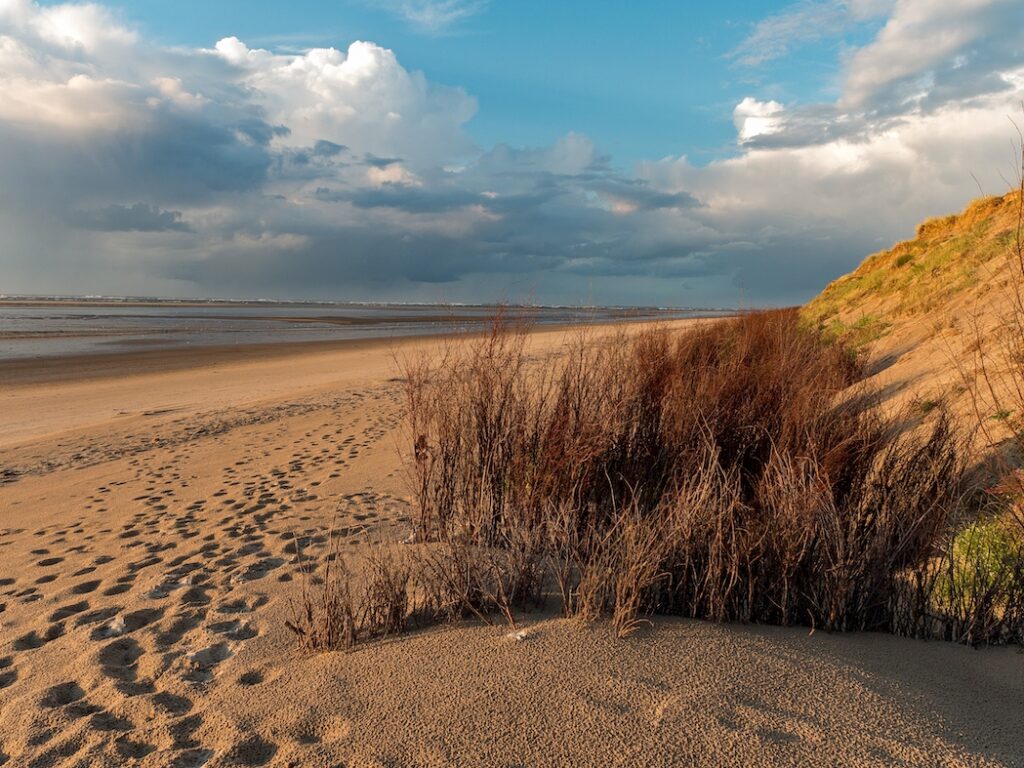 suehling / Shutterstock.com
suehling / Shutterstock.com Low tide is a high time on the island. When mudflats appear, visitors can swoop in (along with omnipresent birds) to check out the shell life. You’ll see thousands of mussels and oysters doing their absolute best to burrow out of harm’s way.
Ferry information is available at: https://www.spiekeroog.de/buchen/faehre
Getting to Lower Saxony National Park
By car, the park’s visitor center at Wilhelmshaven is just under 6 hours from Kaiserslautern, 5.5 hours from Wiesbaden, and 6.5 hours from Stuttgart.

